How invasive plants crowd out our natives
I’ve discussed the importance of native plants for the survival of our pollinators and birds, but I haven’t really explained why invasives are so damaging to our environment.
For over a century, we’ve imported plants to South Florida from all over the world. Some were thought to be beneficial while others were just ornamental. Many couldn’t adapt and disappeared, while many more grew nicely here and caused no problems. But some found the environment perfect: they went to seed and spread to new territory, choking out the existing native plants that couldn’t compete with their vigorous growth and, in so doing, displaced the associated pollinators, birds and wildlife.
Once established, invasive species adversely affect native-plant communities, outcompeting and killing the existing native species and damaging natural ecosystems. We need to be proactive in addressing this issue to maintain the health, function and long-term productivity of our landscapes.
Because Florida’s climate is so accommodating, invasive species cause more crises here than anywhere else in the United States. All of Florida’s native habitats — marine, freshwater, and terrestrial — are threatened by invasives.
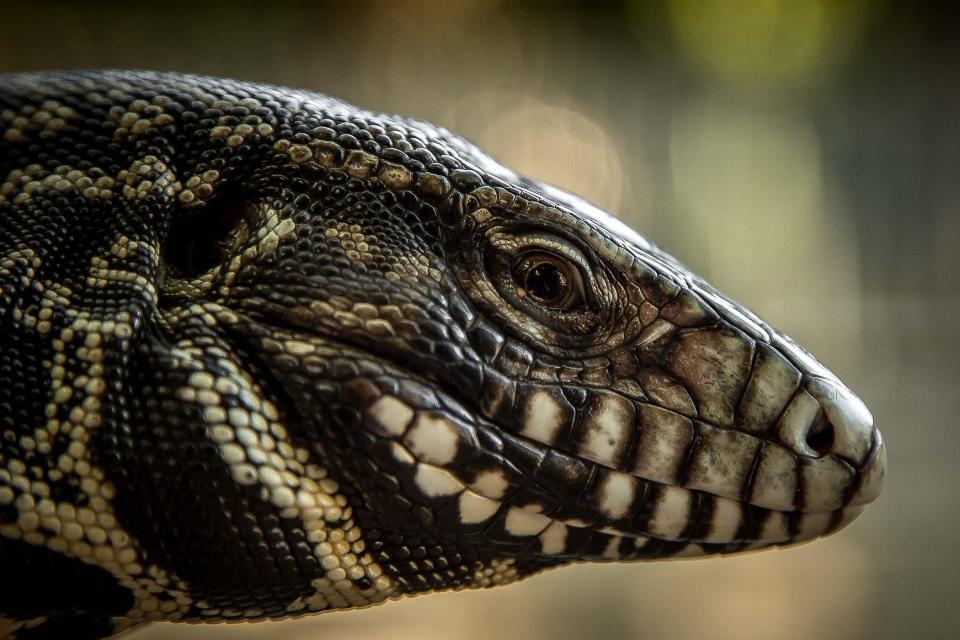
The omnivorous Argentine black-and-white tegu lizards can grow to 5 feet in length and feast on the eggs of ground nesting birds.
Burmese pythons have been spotted swimming from the Everglades to the Florida Keys. These invasive constrictors feed on native species and can grow upwards of 20 feet.
Beautiful and exotic lionfish devour smaller species of native fish and have no known predators.
Studies have shown that non-native wood boring insects promote disease and reduce a forest’s ability to capture and store carbon.
The cost of managing Florida’s invasive plants is upwards of $100 million every year. The cost of animal management could easily exceed this.
Proper IDs
The first step in controlling invasives is identification: you can’t remove them if you don’t know what they are and you need to identify them so you don’t buy them accidentally. A few to be particularly aware of are: Japanese climbing ferns, melaleuca trees, Brazilian pepper, Australian pine, common lantana (Lantana camara), heavenly bamboo (Nandina domestica), Chinese privet (Ligustrum sinense), coral ardisia, and tropical or scarlet milkweed (Asclepias curassavica).
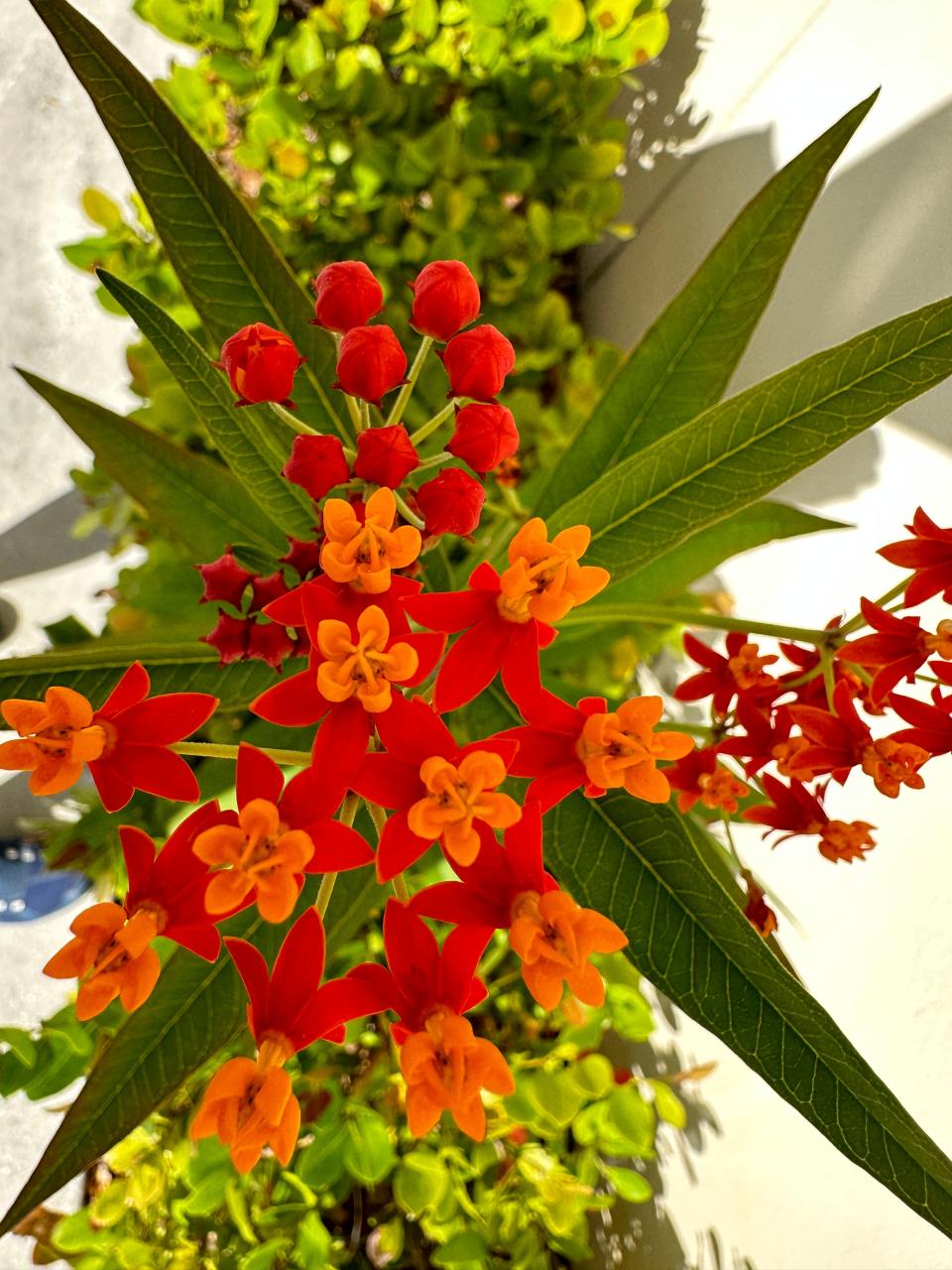
Milkweed, you say? Isn’t that the essential host plant for the monarch butterfly? Yes, but it is important that you buy the native species, as the non-native can transmit the deadly OE bacterium to the monarch caterpillars, causing wing deformity, an inability to fly and ultimate death. Plant butterfly milkweed (Asclepias tuberosa) or rose milkweed (Asclepias incarnata): If you have the scarlet milkweed in your garden, as many of us do, make sure you cut it back to the ground after the caterpillars have defoliated it. This will decrease the risk of the OE bacterium.
Unfortunately, many of these invasives are still being sold at nurseries under incorrect names.
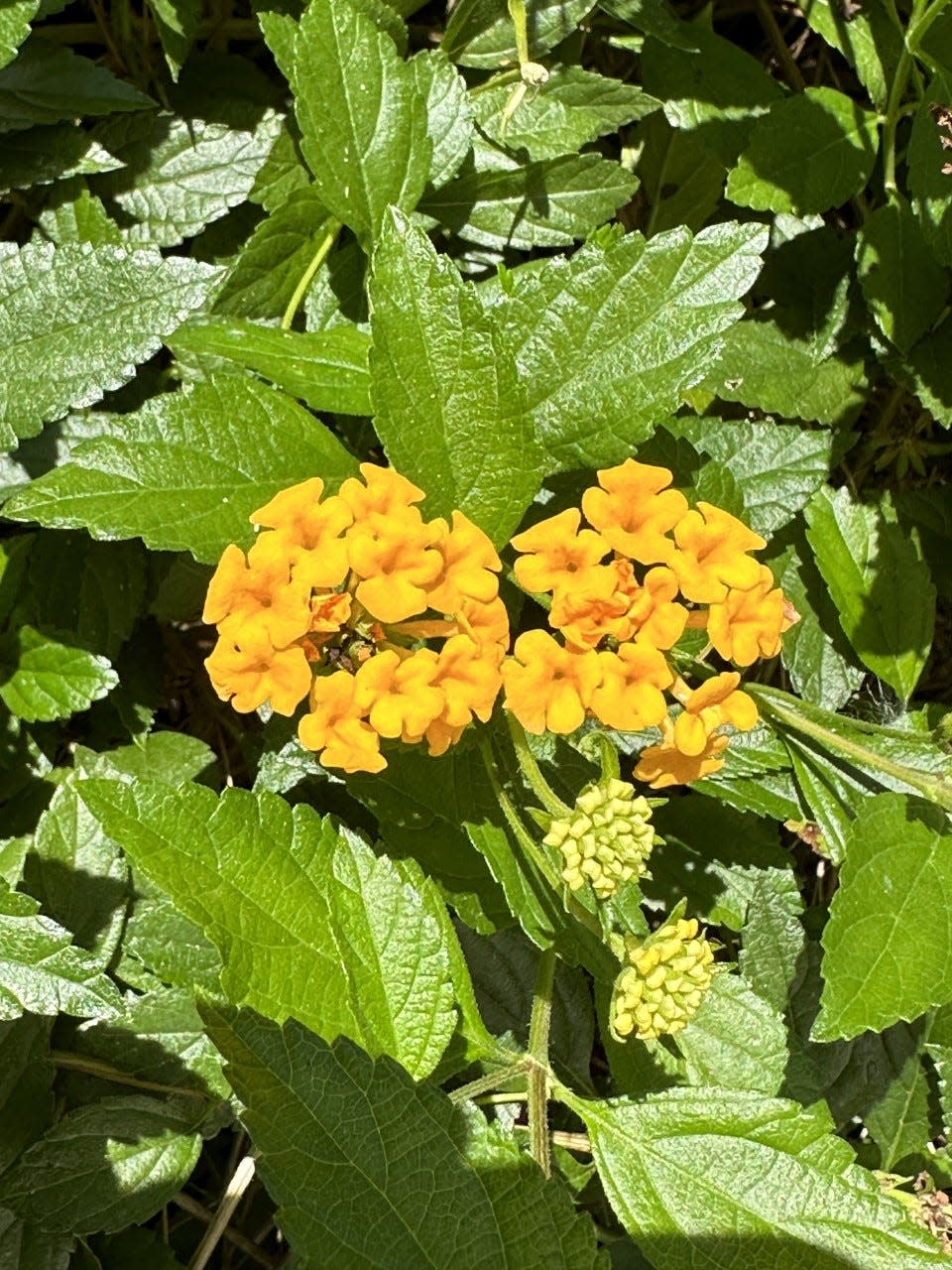
One of the worst offenders is the invasive Lantana camara, often sold as the native Lantana depressa. The best way to avoid the invasive species is to understand the differences between the two.
Lantana camara, native to the West Indies and called shrub verbena, was loved by gardeners for its bright multicolored flowers, but it will dominate understory vegetation and is listed as a category I invasive. It has outcompeted our native Lantana depressa to the point that this is now listed as endangered.
Lantana camara decreases the productivity of citrus groves and pastures, where it’s toxic to cattle and sometimes to people. A member of the Verbenaceae family, it produces pentacyclic toxins that attack the liver; its berries are poisonous and can be very dangerous to small children and pets. Our native Lantana depressa is low and sprawling with bright yellow flowers; native Lantana involucrata is a woody shrub with clusters of white flowers that often appear at the same time as the ornamental purple fruits. Both native species are drought-tolerant and excellent garden plants, especially in coastal areas.
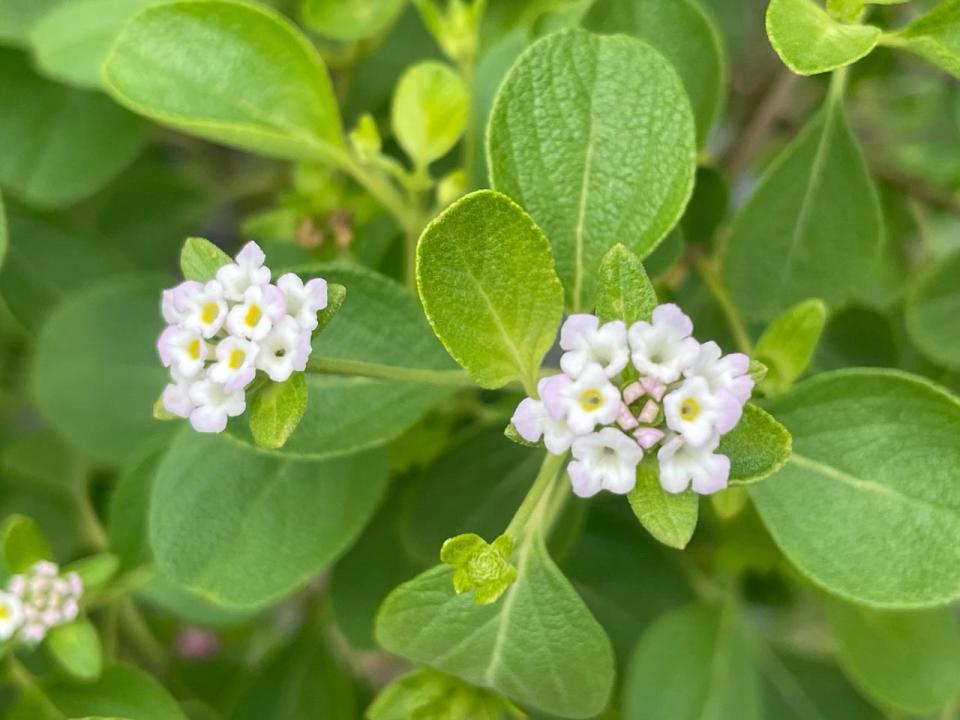
The beautiful silk tree or mimosa (Albizia julibrissin) has naturalized across a wide variety of habitats in Florida and has invaded riparian areas in southern forests, forcing out native understory and hardwood. Its ability to thrive in almost any soil, produce numerous seeds, and to resprout when cut back or damaged makes it a dominant competitor in open areas or along forest edges. A native of China, this deciduous tree with feathery leaflets and fragrant pink powder puff-like flowers has been an ornamental staple in many Florida gardens, but is now listed as a category I invasive, so please think twice before planting it.
If you already have one in your landscape and don’t want to move it, try to remove the seed pods before they can spread. If you want a beautiful native tree with the same light, airy appearance, try the native wild tamarind (Lysiloma latisiliquum). The flowers look like white powder puffs and this is a host plant for mimosa yellow, orange sulphur, cassius blue and amethyst hairstreak butterflies. It also attracts migrating warblers, gnatcatchers, flycatchers and vireos.
Tuberous sword fern (Nephrolepis cordifolia), is another aggressive spreader that will quickly displace any other ground cover. I can personally attest to this as I purchased several thinking it was our native Nephrolepis exaltata (it was erroneously labeled as such) and it quickly wiped out a whole section of lovely native fog fruit (Phyla nodiflora). It spreads by spores and by sending out linear scales with hairlike tips that immediately take root; the dense crowns of foliage will shade out anything beneath them. Once established, it’s difficult to remove as it seems to pop up everywhere. You can identify the invasive species by the distinctive white nodules on the rhizomes.
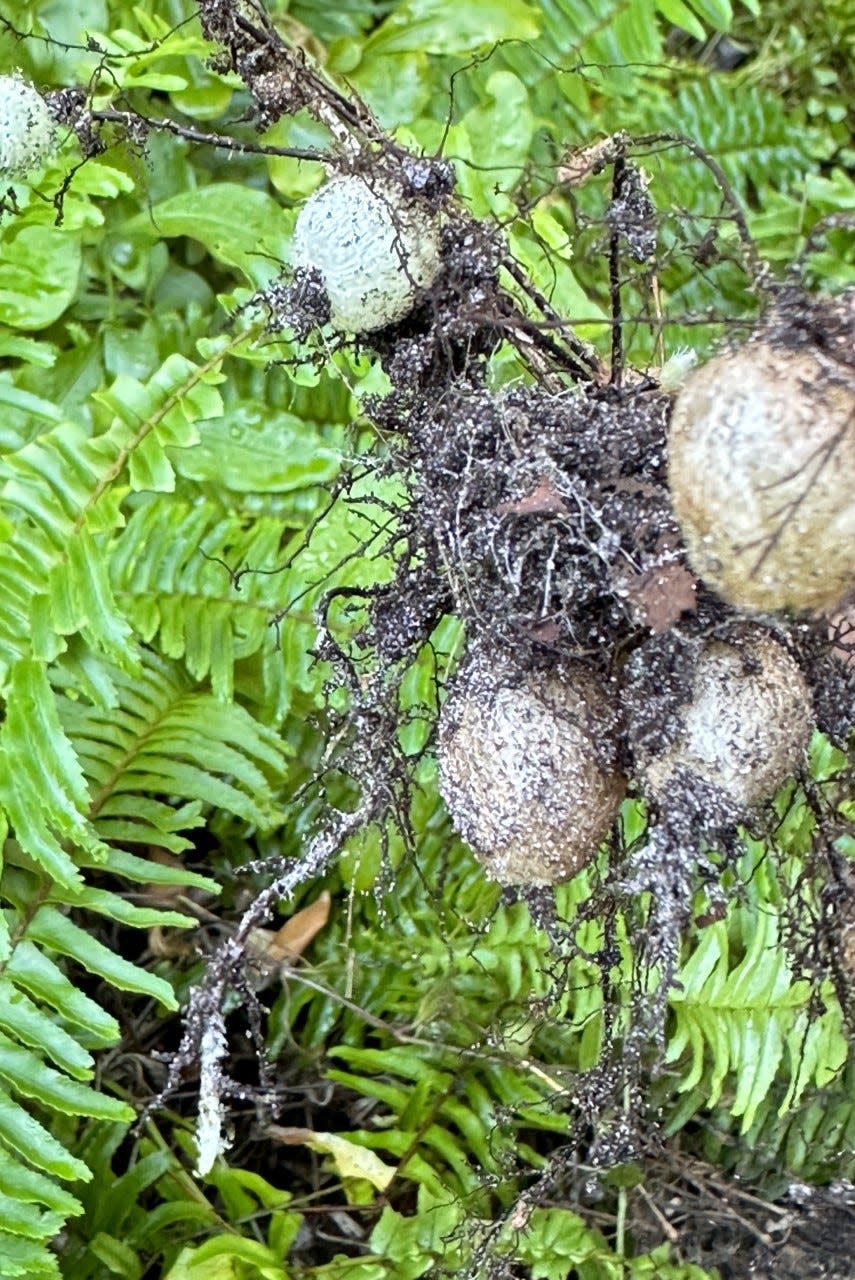
The 'useless swamp'
And then there’s the melaleuca tree (Melaleuca quinquenervia), also known as the tea tree, punk tree or paperbark. This Australian native takes up great quantities of water, so it was originally brought to South Florida in 1909 by citrus and sugar growers to drain marshes and wetlands in order to produce more farmland. Planes dropped vast quantities of melaleuca seeds into the Everglades to help dry out the “useless swamp.”
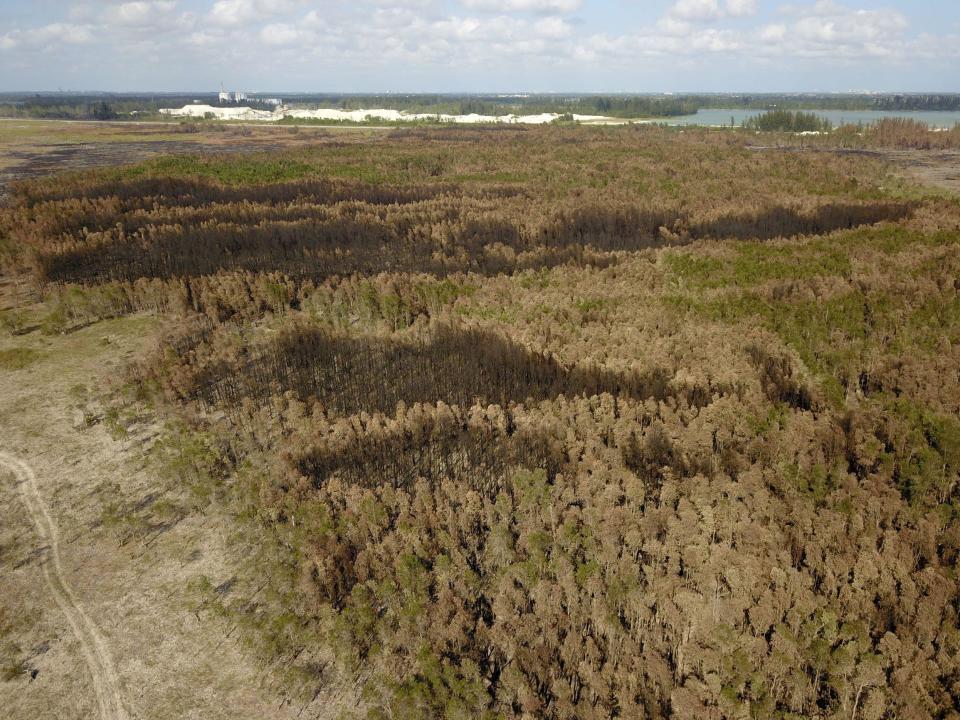
Melaleucas were also planted as ornamentals and grown commercially for their wood, which is resistant to rot, termites and fungus. This entire event was a disaster. Growing up to 6 feet a year, and with no natural predators, melaleucas quickly took over huge areas of land, forming vast stands of monocultures and reducing critically endangered wetland habitat. Today, melaleucas cover an estimated half million acres of our endangered Everglades. Native birds and mammals cannot eat the seeds and fruit they produce, and the oils in the leaves and bark make them highly flammable.
The South Florida Water Management District (SFWMD) has spent 30 years and millions of dollars systematically clearing these invasives from Lake Okeechobee and the Everglades, but there is still much work to be done. This is just one example of how damaging invasive species can be.
Planting native species whenever possible is just smart landscaping. These plants provide the sustenance and habitat for our native pollinators that are essential to keeping our ecosystems intact and thriving, and they never need chemicals of any kind. Then there’s the added joy of seeing butterflies, songbirds, hummingbirds and wildlife return to your gardens.
For an introduction to a tremendous variety of native plants to add to your own landscapes, visit Pan’s Garden at the Preservation Foundation of Palm beach. With distinct areas of sun, shade and wetlands, something is always in bloom and butterflies abound.
This article originally appeared on Palm Beach Daily News: Planting native plants in Palm Beach is 'just smart landscaping'

